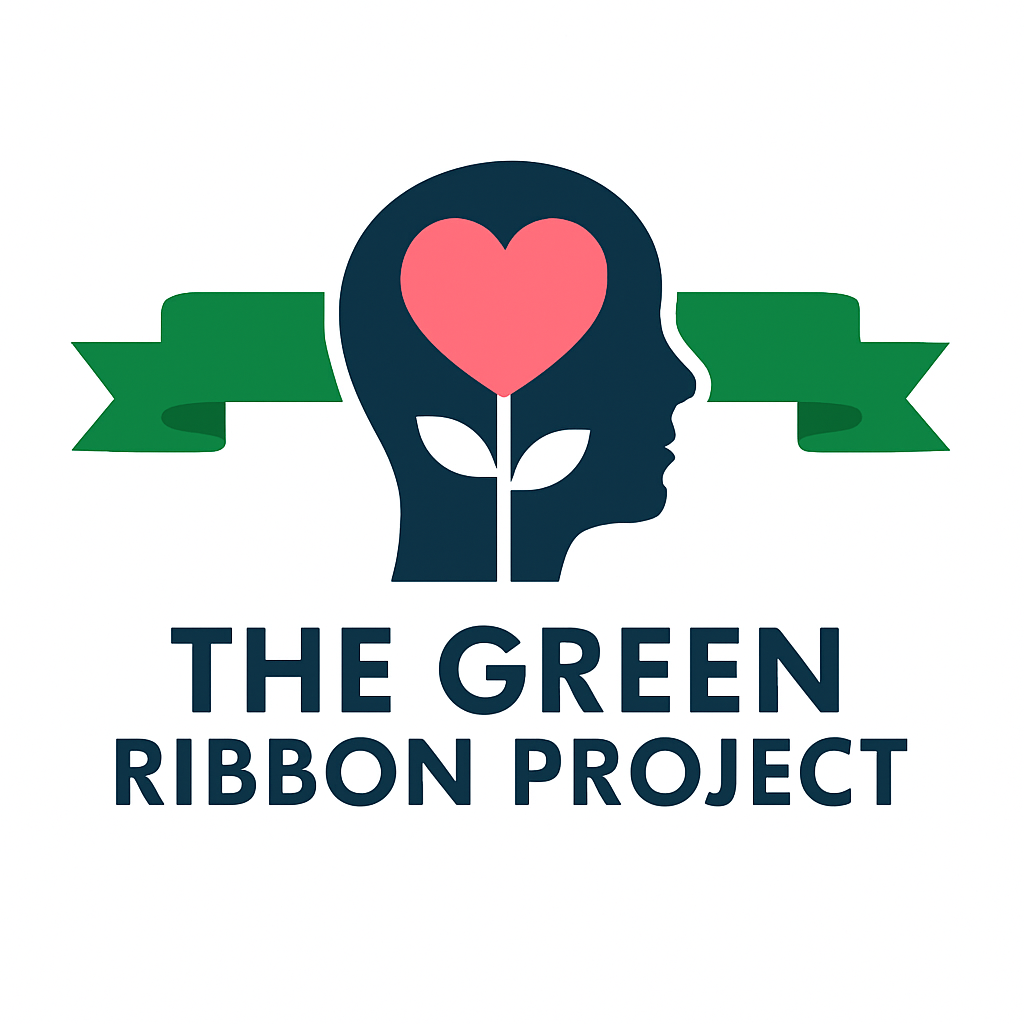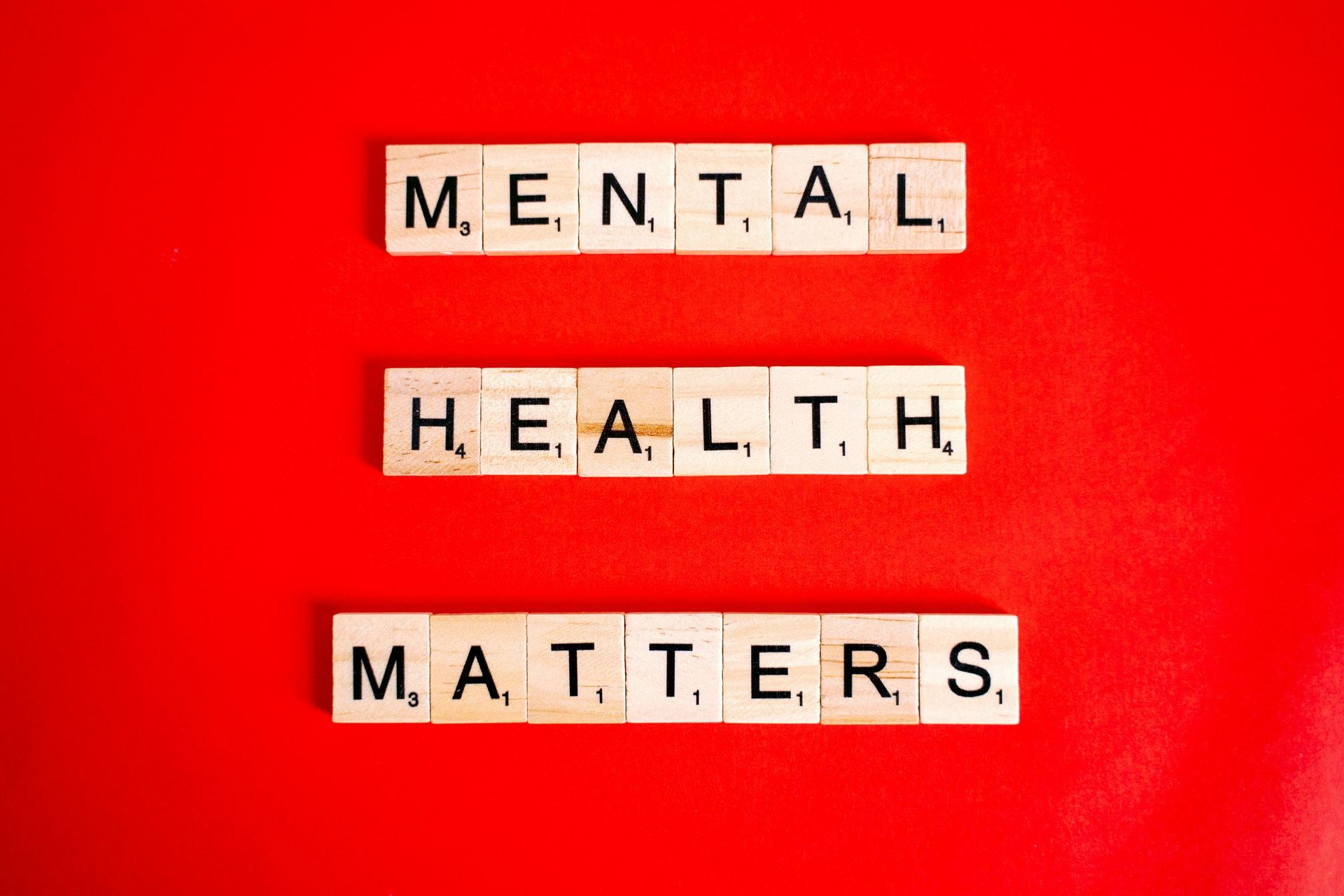The Neuroscience of Anger: What Your Therapist Wishes You Knew
Disclaimer: The information in this blog is provided for general information and educational purposes only and is not a substitute for professional advice. While every effort has been made to ensure the accuracy and reliability of the content, the author assumes no responsibility or liability for any errors, omissions, or outcomes resulting from the use of this information. Readers should always consult with qualified professionals for any specific questions or concerns. Use of this information is solely at your own risk.

Societally, anger gets a bad reputation. It’s often labeled as “toxic,” “uncontrolled,” or even “dangerous.” When anger is expressed—especially by women or members of the BIPOC community—it is frequently judged more harshly than when displayed by others. But here’s the truth: anger is not a negative emotion—it’s a human one. It is a biologically wired, evolutionarily designed survival tool that has helped our species stay alive.
Anger is often misunderstood as a loss of control, but in reality, it is the brain’s way of signaling that something feels threatening, unjust, or misaligned with our needs or values.
What Happens in Your Brain When You Feel Angry?
Inside your brain is a tiny, almond-shaped structure called the amygdala. This area is responsible for detecting emotional intensity—especially fear and threat. When your amygdala senses danger (real or perceived), it sends an alarm to the rest of your body. In response, your brain releases stress hormones like adrenaline and cortisol, preparing you for action.
This activation sends you into one of the well-known trauma responses: fight, flight, freeze, or fawn. When anger shows up, it often means your body is choosing the fight response. That’s why your heart races, your muscles tense, your breathing speeds up, and you feel that internal “surge.” This isn’t you being dramatic—it’s biology doing exactly what it was designed to do.
Why We Call Anger a “Secondary Emotion”
In the mental health world, anger is often described as a secondary emotion—an emotional reaction that covers up deeper, more vulnerable feelings underneath, such as:
- Hurt
- Fear
- Shame
- Betrayal
- Grief
- Rejection
For many people—especially men and marginalized groups who are discouraged from showing vulnerability—anger becomes a shield. It can feel safer to appear strong or intense than sad, afraid, or exposed.
Anger vs. Aggression: They Are Not the Same Thing
One of the most important distinctions to understand is the difference between anger and aggression. These two concepts are often confused, but they are not the same.
Anger is an emotion—an internal experience that signals a need, boundary, or sense of injustice. It is a natural and healthy human feeling that provides valuable information about what matters to us and when something feels wrong or unsafe.
Aggression, on the other hand, is a behavior. It is an outward action that attempts to cause harm, whether physically, verbally, or emotionally. Aggression is not an inevitable outcome of anger, but rather one possible (and often unhealthy) response to it.
It is entirely possible to feel anger without becoming aggressive. In fact, learning to experience and express anger without aggression is a core emotional regulation skill. Anger can be expressed in healthy ways—through assertive communication, boundary setting, advocacy, and emotional processing—without resorting to harmful behaviors.



